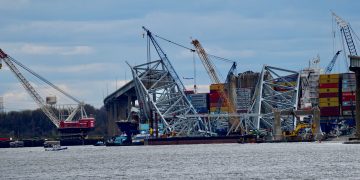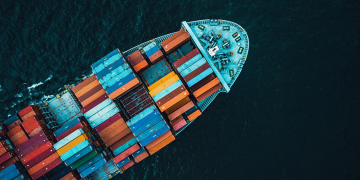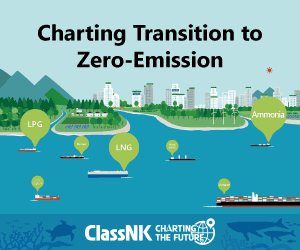UK committee on says: Include shipping in carbon budgets
But country's shippers' body warns shipping emissions must be tackled on global scale. The UK government's independent body which identifies how the country can meet national greenhouse gas reduction targets, the Committee on Climate Change, the has recommended that greenhouse gas emissions from shipping should be included in future UK carbon budgets.Currently, the UK is committed to reducing greenhouse gas emissions by 80% by 2050 based on 1990 levels, but to date international shipping and aviation are not included.The UK's Freight Transport Association (FTA) has welcomed proposals to incorporate the country's share of emissions from international shipping into the Climate Change Act, but has warned that maritime emissions reductions should be tackled at a global level through the International Maritime Organisation, rather then nationally or a regional level otherwise the UK's competitiveness could be damaged.Chris Welsh, FTA's General Manager of Global and European Policy, said: "We support in principle the inclusion of shipping emissions into the Climate Change Act. But shipping is a global industry and we must avoid taking on the burden of reducing emissions alone or else we will be put on an uneven footing with the rest of the world. This would be bad news for the ...
Read more





















































